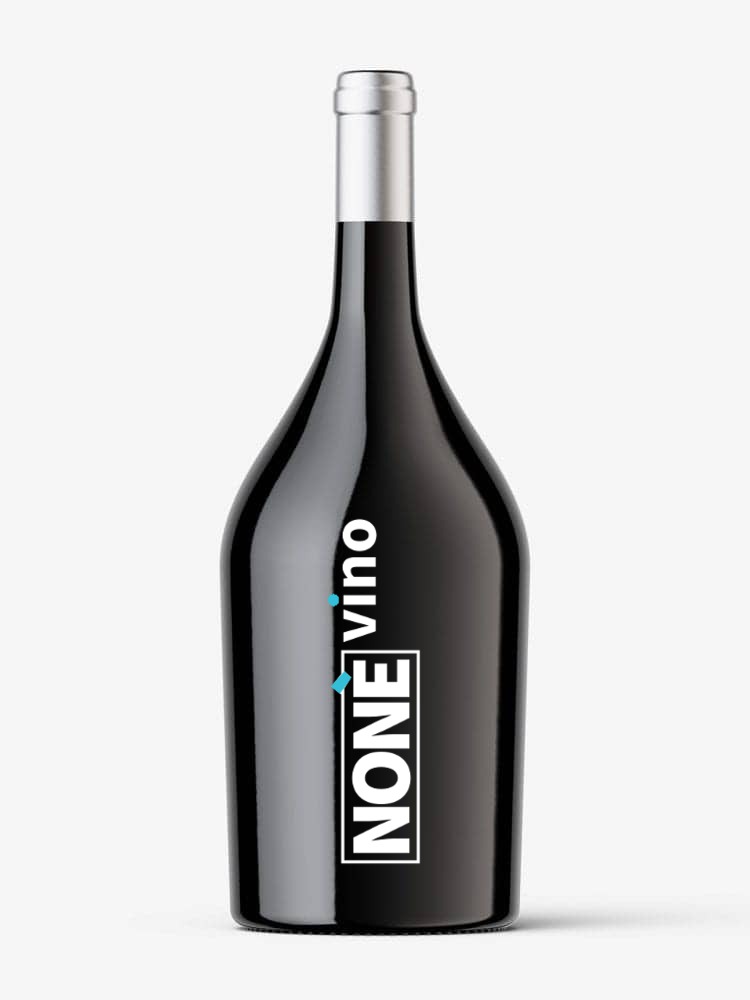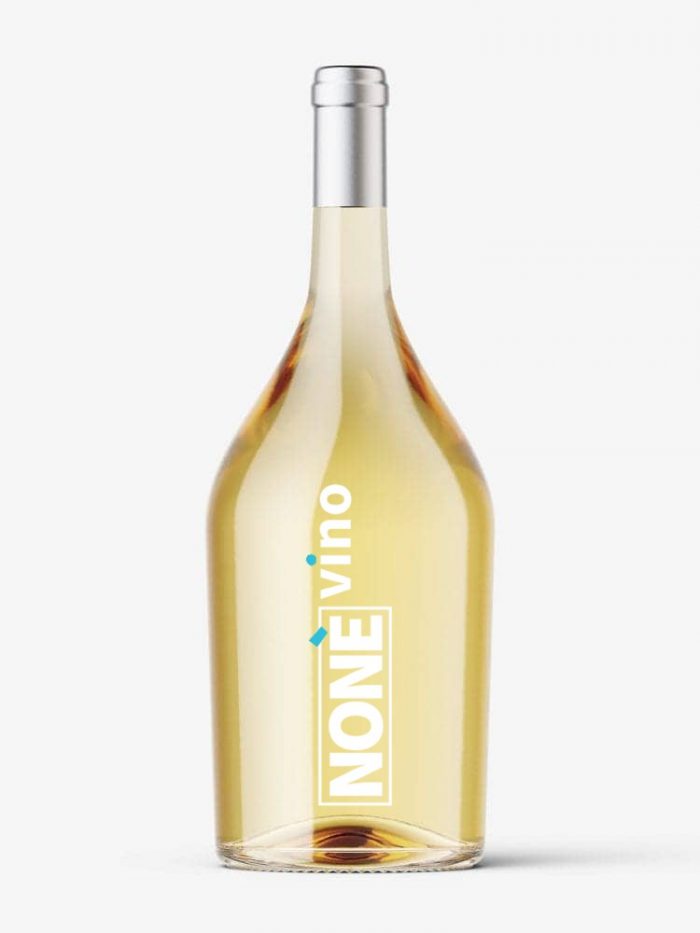The geographical area dedicated to the production of Prosecco wine extends in the north-eastern part of Italy, between the regions of Veneto and Friuli Venezia Giulia, in an area that is adequately ventilated, bright and favorable to the fulfillment of all the vegetative-productive functions of the vineyards , and in particular of Glera, as the reference vine of Prosecco wine.
The Production Area of DOC Prosecco wine concerns:
– Veneto region and includes the territory of the provinces of Belluno, Padua, Treviso, Venice and Vicenza;
– Friuli Venezia Giulia region and includes the territory of the provinces of Gorizia, Pordenone, Trieste and Udine.
During the vinification phases, only loyal and constant oenological practices of the area are allowed, suitable to give the wines their particular quality characteristics.
The winemaking practices of DOC Prosecco wine include, among other things, that:
The maximum yield of grapes into DOC Prosecco wine must not exceed 70%; if these parameters are exceeded within the limit of 10%, the excess will not be entitled to the Prosecco DOC but can be reclassified in the IGT denominations of the production area provided that no reference is made to the Glera grape variety. Beyond these limits the right to DOC for the whole product lapses.
On the labels of each type of DOC Prosecco wine it is mandatory to report the year of production of the grapes.
In the designation of DOC Prosecco Wines it is allowed to report on the label the reference to the provinces of Treviso or Trieste, if the batch of wine consists exclusively of grapes harvested from vineyards located in a certain province and the processing and packaging of the product always takes place in the same province.
The success of Prosecco is essentially due to the ability of the operators to develop, starting from the early 1900s, suitable natural refermentation techniques, first in the bottle, then in the autoclave, as quoted in texts from 1937 “Prosecco (…) put in barrel is sold at the beginning of spring destined for the bottle where it becomes sparkling “.
The first documents in which a Prosecco wine is mentioned date back to the end of the 17th century and describe a delicate white wine that originates in the Trieste karst and in particular in the Prosecco area, still highlighted with the possibility of adopting the mention ” Trieste “.
Later in the 1700s and 1800s, the production of this wine moved and developed mainly in the Friuli-Veneto hilly area, as mentioned by “Roccolo” in 1754 “Di Monteberico this perfect Prosecco …” and then confirmed in 1869 in the “Trevigiana Provincial Ampelography Collection”, which mentions: “among the best white grapes for the aromatic qualities suitable for the production of wine with a fine sensorial profile”.
In these foothills and in particular in the Treviso hills, Prosecco finds its terroir of choice, where the conformation and the sloping lands of the hilly area, the soils and the climate, allow to enhance the peculiarities of the vine.
Thanks to the fame of the DOCG “Prosecco di Conegliano Valdobbiadene”, recognized by the National Ministry in 1969, the cultivation of grapes suitable for producing sparkling and semi-sparkling wines began to affect even the flat areas, spreading first in the province of Treviso, highlighted with the possibility of adopt the term “Treviso”, and subsequently in other provinces of Veneto and Friuli Venezia Giulia.
In the 70s the growing demand and the reputation of Prosecco quality made it necessary to protect the name of the product, in defense of both producers and consumers;
Prosecco was therefore included in the list of “Table Wines with Geographical Indication”, in implementation of the Ministerial Decree 31/12/1977. The further improvement in quality in recent decades and the need for greater protection of the name at an international level, led in 2009 to obtain the recognition of the “Prosecco” Controlled Designation of Origin (DM 17/07/2009).







